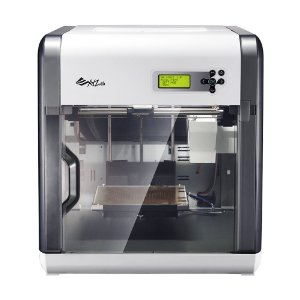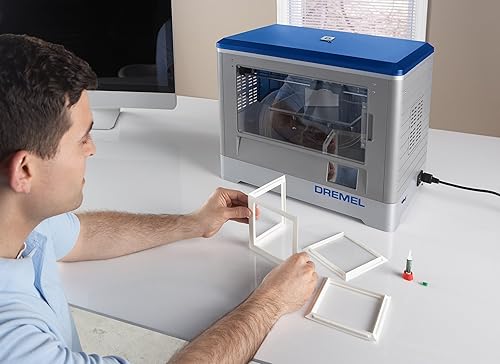
When 3D printers were invented in 1983, it seemed like the future had finally arrived. The technology has developed since then, making it easy and affordable for individuals to buy their own 3D printers. Although this budding technology offers a lot of possibilities, it also has some drawbacks. Navigate your way through the advantages, disadvantages and technological specifications to determine which 3D printer is right for you.
How 3D Printers Work
First, you must create a model of the item that will be printed. Models can be made using software such as AutoCAD or free modeling software such as Blender and Art of Illusion. Your model may also be downloaded from the Internet or created by scanning an object in 3D. Many printers come with software that slices the model into thin layers that can be printed one on top of the other.
Benefits and Disadvantages of 3D Printers
Using a 3D printer does not require special technological knowledge or skill. Just about anyone can build just about anything within the size constraints of the printer. You can make toys, musical instruments, small machines or tools, among other things. If you’re an inventor, you don’t have to find a factory to make a prototype; you can create it yourself in a matter of hours. Anyone can even watch online tutorials to learn how to use a 3D printer.
One of the downsides of a personal 3D printer is that it can take hours to print a small object. That makes it hard to create a large volume of items for manufacturing. In addition, the materials used in a 3D printer are limited to certain plastics and resins, and most 3D printers have small build areas

Types of 3D Printers
1 – Basic Filament 3D Printers
If you’re just starting out with 3D printing, you can purchase an entry-level model for less than $1000. The most affordable printers work by melting a plastic filament, dropping it in layers to create the object. They are fairly easy to begin using and will give you a good idea of what is possible with 3D printing. These basic printers usually have a small build area that’s no greater than 4 inches in all direction and have limited options for colors.
2 – Deluxe Filament Printers
More complex filament printers can create thinner layers, resulting in smoother, more detailed objects. They have larger print areas and multiple filament extruders that allow you to use more than one color to print one object. These higher-end filament printers typically cost between $1,000 and $3,000.
3 – 3D Printers that Use Other Materials
Filament printers can usually only create rigid products. Printers that use other materials are more expensive but can create flexible objects as well as items made from plasticine or air-dried clay. You have more options for creating your vision when you can involve a variety of materials, but support for using different materials is often not very comprehensive. This means you’ll need to experiment with your printer to determine what it can produce. These types of printers usually cost upwards of $2,000.
3 – Stereolithography 3D Printers
The newest 3D printers use a photosensitive resin to create items and cost at least $3,000. When a digital light shines on each layer of resin in the pattern of the design, the resin hardens. This can produce great detail and requires less printing time, but the resin is only available in limited colors, and the build area is usually small for this type of printer.
4 – Powder 3D Printers
Powder printing supports a vast range of materials. You can create glass, metal and plastic products using a powder printer. This type of printer uses lasers or solvents to liquefy powder in each layer, and powders can be mixed to create custom colors. Powder 3D printers can cost more than $10,000.
See Best Selling 3D Printers at TopBrandsGuide.com!

